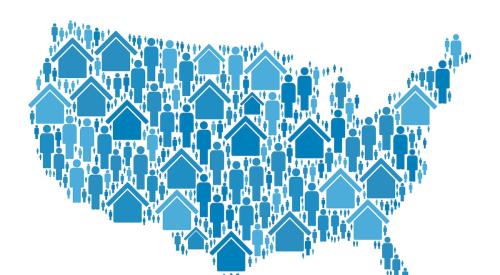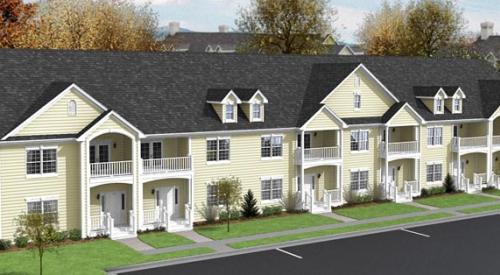| Even as some areas feel the pinch, the top-performing states - primarily in the Sun Belt and on the coasts - remain strong. |
Experts at the NAHB Construction Forecast Conference last month agreed that the Sept. 11 terrorist attacks and subsequent military actions did not appreciably change the economic outlook for housing. Despite slower traffic - up to a 70% decline in some areas - and somewhat slower sales on the weekends after the attacks, the industry is expected to be relatively unaffected if basic assumptions, such as no further large-scale attacks, hold true.
All assembled, however, were quick to point out that the country was headed into recession long before Sept. 11. Although the country is officially using the "R" word, forecasters stressed it is a "textbook" recession and predicted it will be short and shallow. The consensus was that the economy will start to turn by the first quarter of 2002 and should have an upturn by the second quarter.
David Seiders, the NAHB’s chief economist, says housing starts are expected to drop about 10%, to a 1.44 million rate, during the interim. The NAHB projects starts will increase to 1.67 million units in 2003 as pent-up demand returns to the market. NAHB economist Stan Duobinis and others attribute the housing industry’s resiliency to the lack of overbuilding in recent years, builders’ tremendous backlogs, very few contract cancellations and effective interest rate modulation by the Federal Reserve.
Regional Outlook
Mark Zandi, chief economist of Economy.com, says this recession is fairly evenly dispersed. That means major migrations of people looking for jobs are unlikely, keeping home building on fairly even soil.
The unemployment rate, although higher in the industrial Midwest, was hovering around 5% nationally in mid-November. Nariman Behravesh, chief economist with DRI-WEFA, has the rate topping out at less than 7% in late 2002 and then tapering and holding steady at about 5% through 2005. Those numbers aren’t bad considering unemployment reached almost 8% at the end of 1992. Besides, Duobinis says, only 17 states had experienced decreased employment year over year in early September, meaning that 33 states plus Washington, D.C., had enjoyed net gains.
Still, differences exist from region to region. In Detroit, builder Bernie Glieberman says he feels like he’s building on borrowed time and money: Sales are still going well, but much of that is because of zero-interest initiatives in the auto business keeping assembly plants and related businesses going. Just as car sales are expected to dip after the new-car sales push is over, so, too, will local home sales, he predicts, with no population growth to support it.
Overall, the outlook for the home building industry looks fairly good. Duobinis says the largest declines in starts for 2002 will be in areas with large manufacturing bases, and the largest gains will be in states with fundamentally sound economies that have long been expanding, with the most active markets continuing to be in the Southeast and West.











